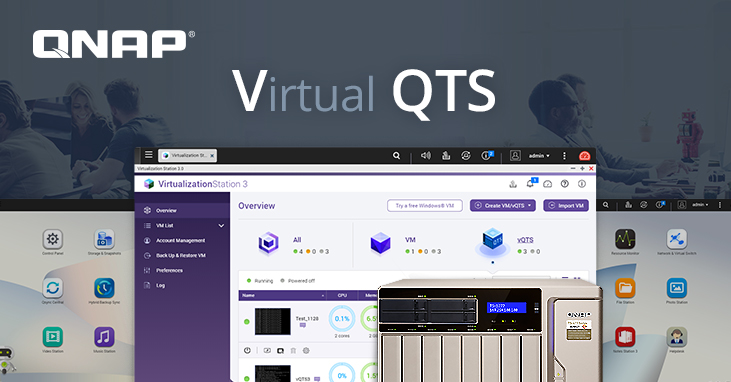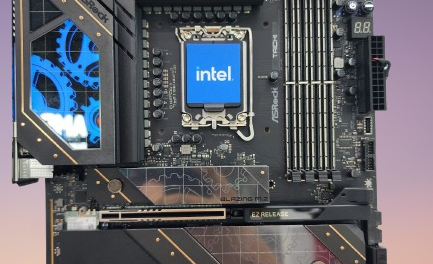
Examining the Benefits of Guided Selling for Larger Businesses
In today’s competitive marketplace, larger businesses continuously seek innovative methods to enhance their sales strategies and improve customer engagement. Guided selling has emerged as a transformative approach, enabling companies to deliver more personalized shopping experiences. By leveraging advanced technologies and data analytics, guided selling can facilitate more efficient sales processes and higher conversion rates. For businesses that aim to refine their customer journey and operational efficiency, diving deeper into guided selling is essential. Below, we unwrap the layers and numerous benefits of guided selling.
Exploring the Concept of Guided Selling for Larger Businesses

Alt text: A group of coworkers all gathered around while they work on their laptops.
Guided selling is not a new concept; however, its application has become increasingly sophisticated with the advent of digital tools. Essentially, it is a sales technique that uses information and prompts to lead customers toward a purchase decision that fits their needs. For larger businesses, where the array of product offerings can be vast and complex, guided selling acts as a compass that navigates customers through the buying journey. This targeted guidance is particularly beneficial in simplifying the decision-making process for buyers.
In the realm of large-scale operations, sales teams can benefit immensely from guided selling strategies. These strategies support sales representatives in identifying customer needs accurately and proposing solutions accordingly, thus streamlining the sales dialogue. Adopting a guided selling approach can also synchronize sales efforts across various departments and regional branches, ensuring a consistent brand message and customer experience.
Enhancing Customer Experience with Personalized Recommendations
One of the primary advantages of guided selling lies in its ability to personalize the customer experience. Larger businesses, with their extensive inventories, run the risk of overwhelming customers with choices. Guided selling systems can filter through these myriad options to present the most relevant products or services to the customer based on their preferences and past behavior.
Personalized recommendations are a cornerstone of customer satisfaction and loyalty. Guided selling tools harness customer data to predict requirements and suggest solutions that the customer may not have even considered. This approach can dramatically increase the perceived value of the customer journey, leading to higher satisfaction rates.
Streamlining Sales Processes in Complex Business Structures
Larger business structures often mean more complex sales sequences and potentially burdensome administrative tasks. Guided selling can offer significant advantages here, by automating segments of the sales process, thereby reducing the burden on sales staff and allowing them to focus on high-value interactions. This enhanced efficiency is particularly valuable in B2B contexts where sales cycles can be lengthy and intricate.
Guided selling can also ensure that consistency is maintained throughout the customer’s buying journey. By standardizing the selling process across various touchpoints and teams, businesses can operate more cohesively. This is essential in large-scale operations where messages can become diluted or distorted as they pass through multiple channels.
Leveraging Data Analytics to Power Guided Selling Strategies

Alt text: People pointing at a laptop screen while they read about the benefits of guided selling.
Data is the lifeblood of any modern guided selling strategy. With larger businesses generating vast quantities of data daily, the potential to harness this data for intricate customization and improved selling strategies is enormous. Analytics can identify patterns in customer behavior and predict sales trends, thereby informing the guided selling process with actionable insights.
Through machine learning and artificial intelligence, guided selling platforms can dynamically adapt to changing customer preferences and market conditions. Larger enterprises, by consolidating their data streams, can empower these platforms to provide more accurate and timely recommendations to customers and sales teams alike. This level of adaptability is critical in volatile markets where staying responsive to changes can make or break a business.
Integrating Guided Selling with Omnichannel Marketing Approaches
Omnichannel marketing has become a buzzword in the world of commerce, emphasizing a seamless customer experience across different platforms and devices. Guided selling bolsters this approach by delivering consistent, tailored content and advice, regardless of where the customer encounter occurs. For larger businesses, this consistency is pivotal in creating a unified brand experience.
An omnichannel approach supported by guided selling ensures that customers receive the same level of service online, in-store, or over the phone. This integrated approach acknowledges that customers might start their journey in one channel and complete it in another. Guided selling helps maintain continuity and persuasiveness throughout this journey, reinforcing the sales message at every stage.

























